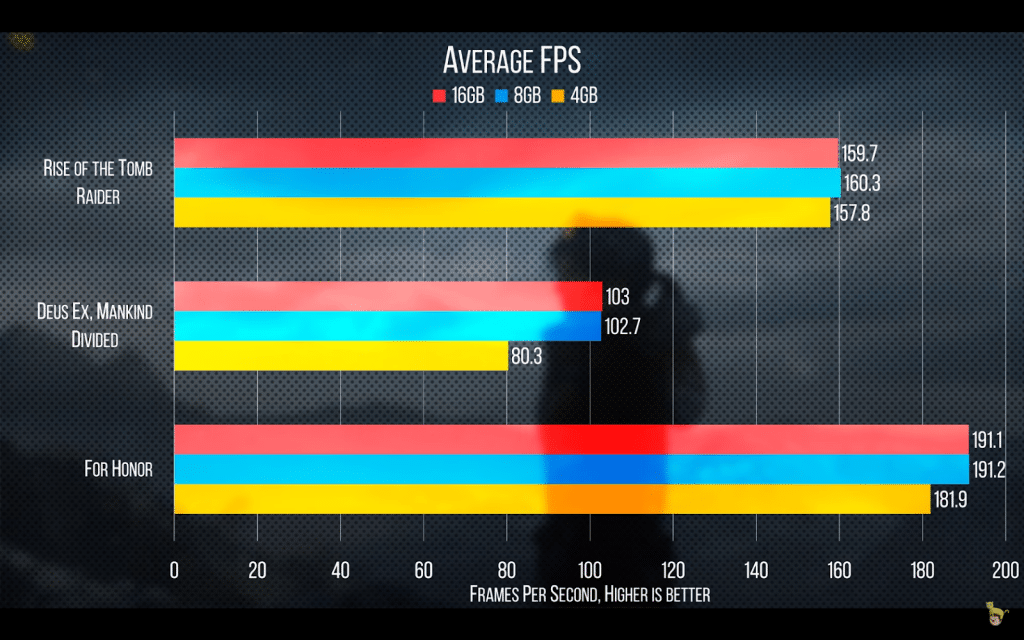
It’s effectively wasted money.īecause of that, it’s important to choose a capacity that slightly exceeds your needs without going overboard. If, for example, you’re only using 12GB of RAM under the most demanding circumstances and you have a 16GB kit, upgrading to a 32GB kit (assuming all other aspects are equal) won’t impact your performance whatsoever. You can still launch them, but if you run out of RAM, the application won’t have access to the ultra-fast storage RAM provides to quickly access the data it needs. That adds up over time, and if you don’t have enough RAM to go around, the applications you’re using will severely slow down. As you open programs, it stores data that they need access to quickly in system memory.ĭifferent programs require different amounts of RAM (we’ll detail a few intensive applications next), but regardless of the application, it’s likely to use at least a little bit of RAM. Instead of a large amount of slow storage - like you’d find on a mechanical hard drive - RAM is a small amount of extremely fast storage. RAM is the same thing, technically, but it serves a very different purpose. Sometimes even manufacturers or retailers will mix up the terms. Memory capacity is often confused with the long-term storage offered by a solid-state or mechanical hard drive. Buy what you actually need, and spend the remaining budget on more important components like the CPU or graphics card. Remember, buying more RAM than you need doesn’t net you any performance benefit - it’s effectively wasted money.
Apple 8gb vs 16gb ram professional#
Engineers, professional A/V editors, and similar types need to start here and go higher if needed.
Apple 8gb vs 16gb ram windows#
:max_bytes(150000):strip_icc()/Screenshot2020-12-08at09.53.34-d4d08ba6b0a3493aab5d76a1745446cc.jpg)
In a nutshell, here are some simple guidelines that apply to most PCs and Macs:

Overview: How much RAM do you need? ian woolcock/Shutterstock If you want to know how much RAM you need for a smartphone, we have a guide for that, too. In this guide, we’ll walk you through how much RAM you need for a tablet, laptop, desktop, and gaming machine. Windows 10, for example, takes about 2GB of RAM on its own, while the ChromeOS featured in the best Chromebooks requires far less.


 0 kommentar(er)
0 kommentar(er)
